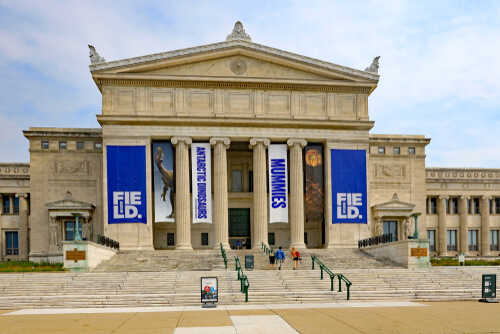
(NewsGlobal.com)- Last week, the Field Museum in Chicago announced that the replica Bronze Age sword it purchased from the Hungarian National Museum in the 1930s isn’t a replica after all but a 3,000-year-old artifact.
Bill Parkinson, the curator of anthropology at the Field Museum told CBS Chicago that he had pulled out the sword to show it to a Hungarian archeologist who was visiting over the summer as the Field Museum was preparing for the exhibit “The First Kings of Europe.”
The archeologist took one look at the 3-foot-long “replica” and told Parkinson that it wasn’t a replica at all but a Bronze Age sword initially discovered at the bottom of the Danube in Budapest in the 1930s.
Parkinson told CBS Chicago that usually the mistake “goes the other way,” with a replica being mistaken for a real artifact. His only conclusion is that there must have been a “clerical error” when the sword arrived in Chicago. “Someone just wrote it down wrong,” he said.
To confirm that the archeologist was correct, researchers compared the chemical makeup of the sword with other Bronze Age swords using an X-Ray fluorescent detector, according to WBBM radio.
The testing revealed that the sword produced nearly identical makeups of bronze, tin, and copper as the other Bronze Age swords.
Parkinson told the Chicago Sun-Times that it was common during the Bronze Age for swords to be thrown into rivers to celebrate treaties, which could explain why most Bronze Age swords are found at the bottoms of rivers.
The Bronze Age lasted approximately from 3300 BC to 1200 BC. It was during this time that metal weapons and tools first came into use, replacing stone.
The Field Museum’s very real Bronze Age sword is now on display in Stanley Hall and will be included in the “The First Kings of Europe” exhibit that opens on March 31.













